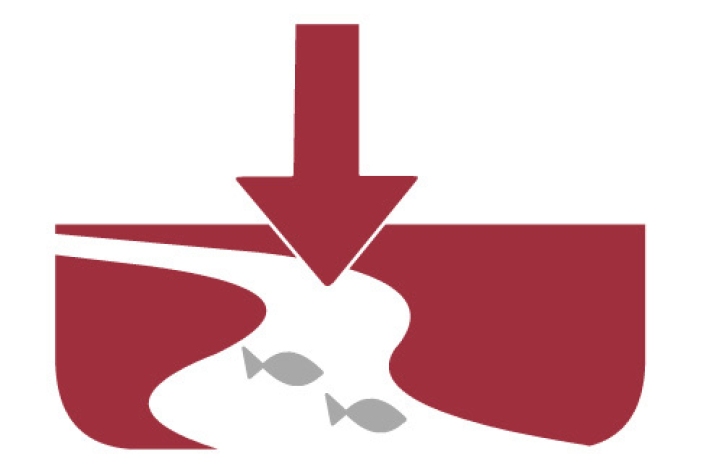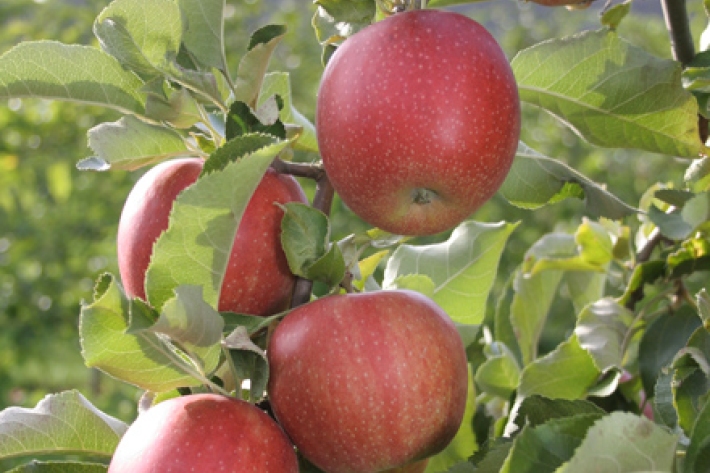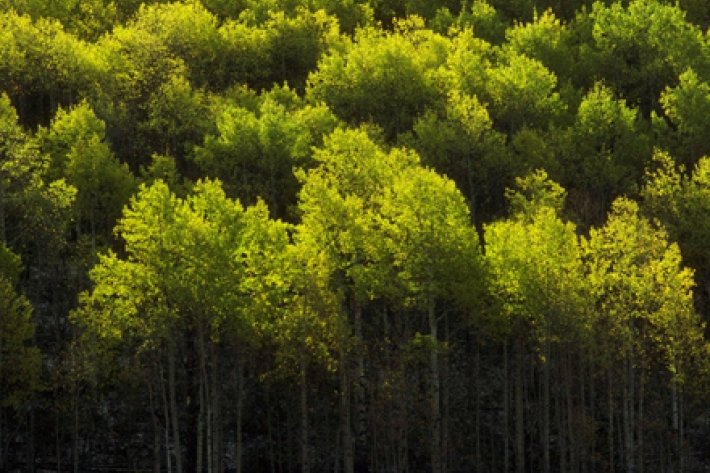-

Mitigation
Options to minimise the effects of water abstraction activities on water quality and mahinga kai. -

Mitigation and best practice options
Some simple steps to minimise the effects of urbanisation on water quality and mahinga kai. -

Impacts of urbanisation
Impacts of urbanisation on water quality and mahinga kai. -

Mitigation and best practice options
Some simple steps to minimise the effects of horticultural activities on water quality and mahinga kai are outlined below. -

Impacts of horticultural activities
Impacts of horticulture on water quality and mahinga kai. -

Mitigation and best practice options
Here are some simple steps to minimise the effects of forestry activities on water quality and mahinga kai. -

Impacts of forestry activities
Impacts of forestry activities on water quality and mahinga kai. -

About the resource consent process
Learn about the Resource Management Act, Resource Consents, and how to prepare a submission. -

Impacts of agriculture
How do agricultural activities impact water quality and mahinga kai? -

Horticulture
The horticulture industry cultivates fruits, vegetables, and flowers for the domestic and international export market. -

Forestry
Plantation forestry has become one of Aotearoa's largest natural resource industries.
